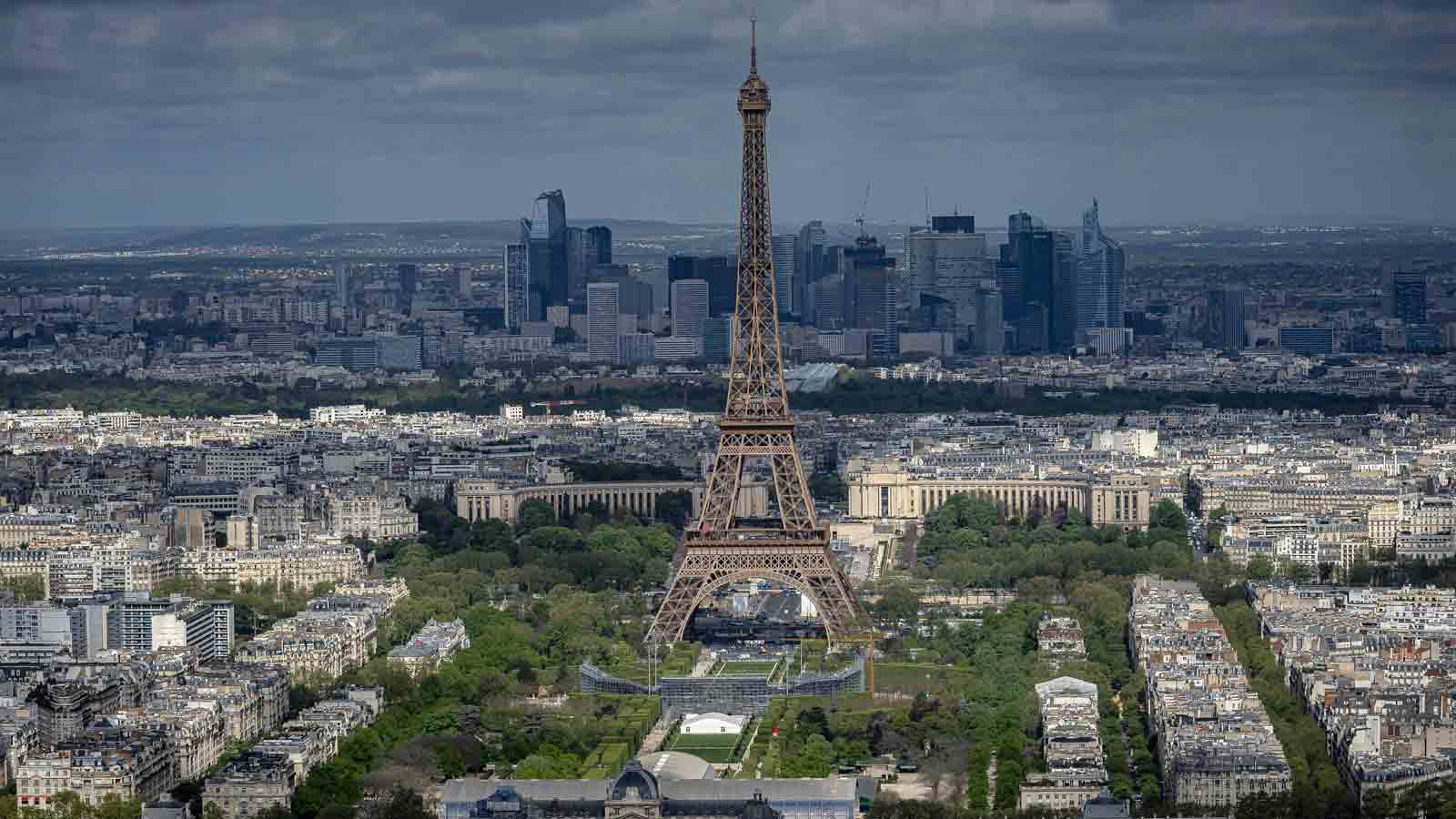Mexico's most notorious drug trafficker began plotting to break out of prison almost immediately after his recapture at a seaside resort in February 2014.
Internal Drug Enforcement Administration documents obtained by The Associated Press reveal that drug agents first got information in March 2014 that various family members and drug-world associates of Joaquin "El Chapo" Guzman were considering "potential operations to free Guzman."
The DEA alerted Mexican authorities 16 months ago about the plans, said a U.S. official briefed on the investigation. The official was not authorized to disclose the details and insisted on anonymity to do so.
Mexican Interior Secretary Miguel Angel Osorio Chong denied Monday night that authorities in Mexico were ever informed of potential escapes.
"They themselves have told us that they don't know where that information came from," he said referring to U.S. counterparts and the AP's report.
The Mexican government announced that it is offering a 60 million-peso ($3.8 million) reward for Guzman's recapture and that it has fired three prison system officials, including the director of the prison where Guzman escaped. Forty-nine people have been questioned by the government's organized crime unit, including 32 prison employees.
Widely considered the world's richest and most powerful drug trafficker before his capture last year, Guzman slipped down a shaft from his prison cell's shower area late Saturday and disappeared into a sophisticated mile-long (1.5 kilometer-long) tunnel with ventilation, lighting and a motorcycle apparently used to move dirt.
U.S. & World
The DEA documents indicate U.S. agents did not have information about Saturday night's escape, which was the second time Guzman has fled from one of Mexico's highest security prisons.
But the documents revealed that in March 2014 agents in Los Angeles reported a possible escape operation funded by Rafael Caro-Quintero, who helped orchestrate the 1985 kidnapping and murder of DEA agent Enrique "Kiki" Camarena. That plot involved threatening or bribing prison officials. The same investigation revealed four months later that Guzman's son had sent a team of lawyers and military counter-intelligence personnel to design a break-out plan.
In December of that year, agents in the DEA's Houston Field Division reported that a Mexican army general stated "that a deal was in place to release both Guzman-Loera and imprisoned Los Zetas Cartel leader Miguel Angel 'Z-40' Trevino-Morales."
The DEA documents obtained by the AP do not include details of how the previous escape plots would be carried out. In them, Guzman is identified as Guzman-Loera.
A widespread manhunt that included highway checkpoints, stepped up border security and closure of an international airport failed to turn up any trace of Guzman.
Since the 1990s his violent and powerful cartel has been known for digging sophisticated smuggling tunnels under the U.S. border with Mexico. Guzman was first arrested in 1993 but escaped in Jalisco from one of Mexico's top-security prisons in January 2001. He evaded capture in early February 2014 through an elaborate network of tunnels that connected multiple safe houses in Culiacan, in his home state of Sinaloa. He was arrested in the resort city of Mazatlan later that month.
Jim Dinkins, the former head of Immigration and Customs Enforcement's Homeland Security Investigations unit, said Guzman's history of tunneling makes Saturday's escape "really ingenious." The sophisticated tunnel described by Mexican authorities would usually take about 18 to 24 months to complete, Dinkins said, suggesting it was started almost immediately after Guzman's arrest in 2014.
The White House said Monday that U.S. Attorney General Loretta Lynch spoke with Mexico's attorney general the day after the escape was discovered. White House spokesman Josh Earnest said the U.S. government has offered its full support to Mexico. He pointed out that Guzman has also been charged with serious crimes in the U.S.
State Department spokesman John Kirby said Guzman's "swift recapture by Mexican authorities is a priority for both the Mexican and the U.S. governments."
Along with the 2014 escape plans, the DEA documents reveal Guzman was still directing facets of his drug empire.
"Despite being imprisoned in a 'high security' facility, DEA reporting further indicates Guzman-Loera was able to provide direction to his son and other cartel members via the attorneys who visited (him) in prison and possibly through the use of a cellphone provided ... by corrupt prison guards," the documents stated.
Following Guzman's capture in 2014, according to the documents, his son Ivan Guzman-Salazar became "the de facto leader of the Guzman branch of the Sinaloa Cartel." Guzman's "right-hand man, Damaso Lopez-Nunez," took over one of the four major trafficking organizations that operated under the auspices of the larger Sinaloa Cartel.
___
Associated Press writer Alicia A. Caldwell reported this story from Washington and Katherine Corcoran reported in Mexico City. AP writer Mark Stevenson in Mexico City contributed to this report.
More on "El Chapo"



